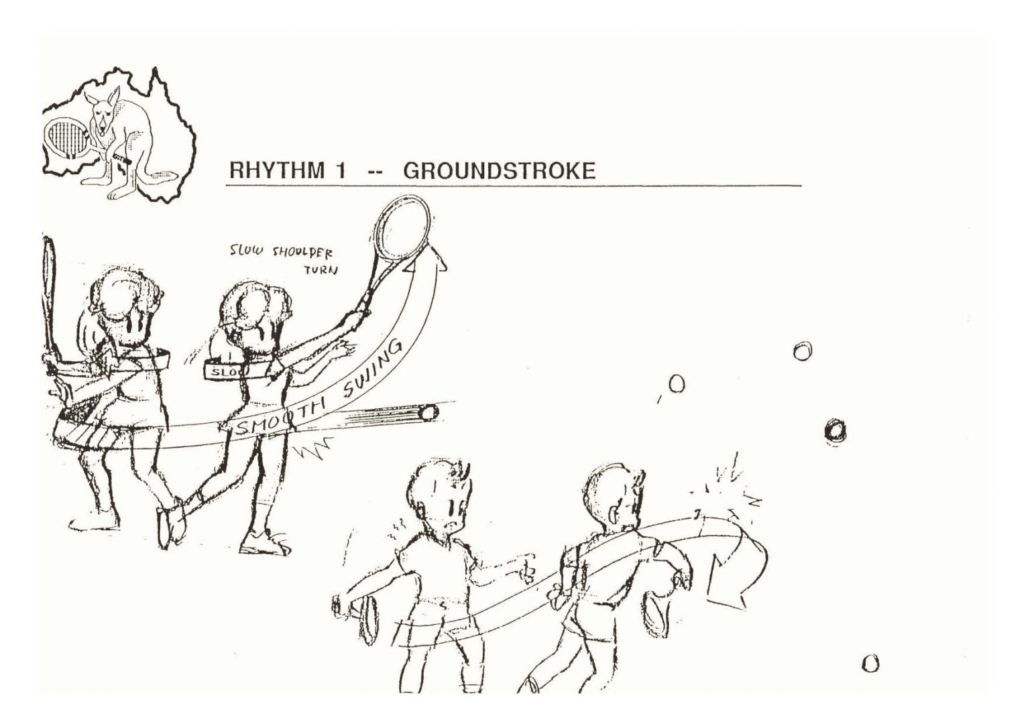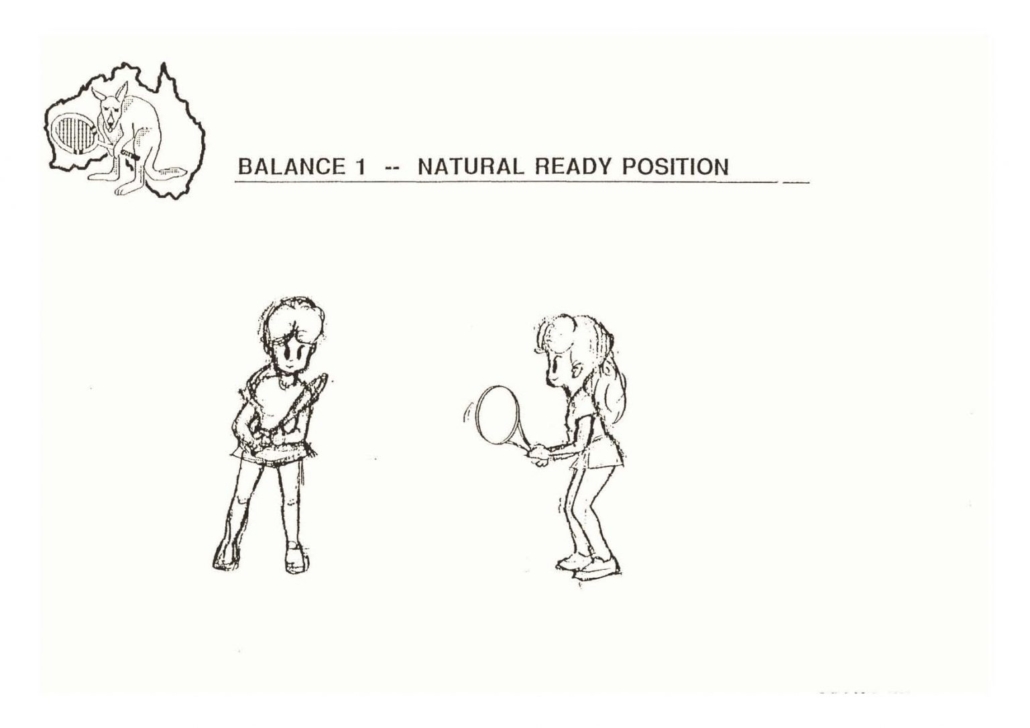The Alcaraz-Sinner Effect: Transforming Match Play and Training for Professionals
Carlos Alcaraz and Jannik Sinner are rewriting the playbook for professional tennis, setting new benchmarks for strategy, movement, and mental toughness. Their hyper-aggressive style and unmatched athleticism are not only dominating the ATP Tour but also revolutionizing how tennis is trained and played at the highest level.
Here’s how they are transforming the game, supported by key statistics.
1. Offense Is the New Defense
Alcaraz and Sinner reject traditional baseline exchanges, treating every neutral ball as an attacking opportunity. This aggressive strategy is rendering the classic defense-to-neutral reset almost obsolete.
- Against the ATP Tour, Alcaraz and Sinner win 45% of points played from outside the singles tramlines, compared to the 30% average for their opponents.
- Outside the doubles lines, Alcaraz wins 43%, and Sinner wins 42%, while their opponents manage only 22%–29%.
Their unparalleled ability to dominate from defensive positions is forcing rivals to reevaluate their strategies.
2. Steal Scores and Point Conversion Superiority
Alcaraz and Sinner lead TennisViz’s “steal score” rankings, which measure a player’s ability to win points from defensive scenarios.
- In matches against each other, Alcaraz converts 66% of attacking opportunities, while Sinner converts 62%.
- Their unmatched consistency ensures opponents rarely recover from poor positioning.
This offensive precision is a hallmark of their playing styles, reshaping match dynamics.
3. Match Dominance and Rivalry
In 2024, Jannik Sinner compiled an extraordinary 73-6 win-loss record, winning two Grand Slam titles and finishing as world No. 1. However, Carlos Alcaraz, holding a 6-4 head-to-head advantage, remains a formidable challenge.
Their rivalry epitomizes the future of tennis, with both players setting new standards for excellence.
4. Movement and Physical Conditioning
Alcaraz and Sinner’s movement sets them apart as they excel at covering every inch of the court, even from extreme positions.
- Alcaraz wins 36% of points, and Sinner wins 38% when playing beyond the singles tramlines.
- This mobility stems from superior physical conditioning, agility drills, and their ability to execute shots from impossible angles.
Their influence has encouraged players like Taylor Fritz and Ben Shelton to prioritize lateral movement and agility training.
5. Psychological Pressure and Adaptation
The relentless styles of Alcaraz and Sinner apply constant pressure on opponents, exploiting any errors in depth, speed, or width.
- Casper Ruud, a three-time Grand Slam finalist, admits his signature looping forehand is ineffective against their attacking style. He is now evolving his game to counteract their influence.
This pressure is forcing mid-career adjustments among peers, while younger players incorporate their strategies into training from the outset. At the Australian Open last night, rising star Tien, fresh off his runner-up finish at the Next Gen tournament, stunned Medvedev in a gripping five-set thriller. Medvedev, known for his deep-court dominance, was forced to adopt a serve-and-volley strategy in a bid to turn the match around. However, Tien’s composed play and relentless shot-making proved too strong.
6. A Paradigm Shift in Player Development
The impact of Alcaraz and Sinner is reshaping tennis training methodologies at all levels. Players now focus on:
- Agility drills, like lateral ladders and low-hurdle runs, to mimic their multi-directional court coverage.
- Footwork mastery, including open-stance backhands and rapid transitions, to maintain offensive positioning.
This emphasis ensures the next generation is better equipped to handle the aggressive style of modern tennis.
Redefining the Essence of Tennis
Carlos Alcaraz and Jannik Sinner are not just winning matches—they’re redefining the essence of tennis. Their innovation in offense, movement, and psychological toughness has set a new benchmark, forcing the ATP Tour to adapt. As their rivalry continues to elevate the sport, their influence will shape the next generation and redefine what it means to compete at the highest level.









